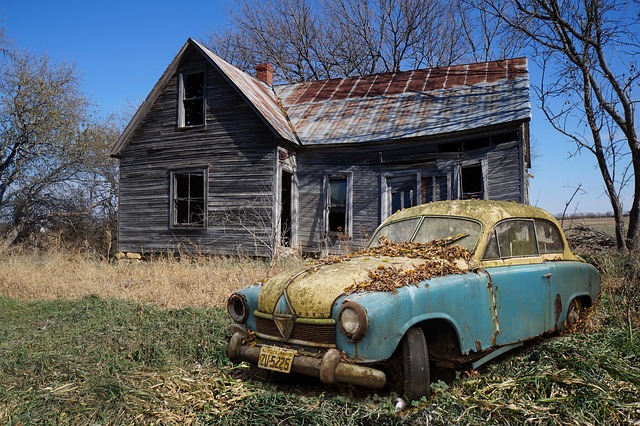Note: the following article on fate and chance in Mary Shelley’s Frankenstein is a modified excerpt (pp. 83-84) from my doctoral dissertation, “Time is Everything with Him”: The Concept of the Eternal Now in Nineteenth-Century Gothic, which can be downloaded (for free) from the repository of the Tampere University Press. For a list of my other academic publications, see here.
Fate and Chance as Dichotomies of Timing
In several Gothic works, fate and chance (and particularly their dynamic balance) are often the main force driving the plot forward. As Frankenstein exemplifies, characters often fall prey to their fate as a result of frustratingly well-timed occurrences.
As the character of Walton mentions in his letter to his sister, his plans would have failed if he had not inherited a fortune “just at [the] time” of a failed previous endeavor (Shelley 14).
At the beginning of his narration, Victor Frankenstein mentions how “a variety of circumstances” did not allow his father to marry early (Ibid 26). This is only the beginning, as Victor himself soon falls victim to the machinations of time. Just as he is about to leave Ingolstadt and return to his hometown, “an incident happened that protracted [his] stay” (Ibid 40). Later on, Victor sees his plans falling apart again. As he plans to return to Geneva, he is “delayed by several accidents” (Ibid 55).
These instances of tragic irony are what I define as dichotomies of timing. Essentially, the plot splits into two different directions: the thetical one that is the actual outcome leading to the events described in the story, and the antithetical one that is its opposite. Such a reading poses a question: Had Victor escaped these events, would the ensuing catastrophe have happened? Is fate avoidable?


